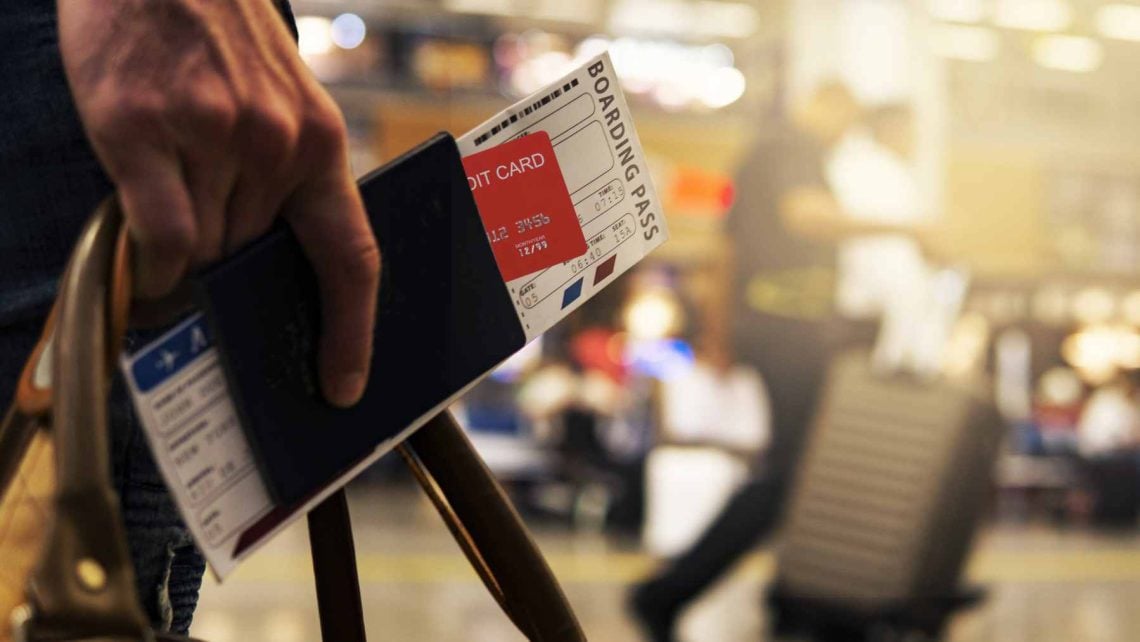If the American market has anything, it’s hundreds and hundreds of credit cards that offer all kinds of options. Some may offer you extremely attractive things, but they come with hidden costs or high fees that may not be perceived at first and come as a sour surprise you on your next statement.
Two of the most popular types of cards are travel credit cards and cashback cards. While both have advantages and disadvantages, the decision largely depends on your needs and spending habits, as well as your financial education and economic discipline.
The number of customers moving from cashback cards to travel credit cards has been growing. Here are some of the advantages offered by the latter and why many are choosing them.
Travel Credit Cards — Rewards Best Suitable for Frequent Flyers
As the name suggests, travel credit cards are designed specifically for those people who travel regularly. Therefore, if you are a frequent traveler, you could opt for one of these. Many offer points or miles for every dollar spent on airline tickets, which can then be redeemed for other airline tickets, hotel stays and other travel-related expenses. Many even offer access to airport lounges, and those who are constantly traveling through air terminals will know that staying in a VIP improves the experience 1000%.
Airport lounges offer comfortable and spacious environments for flights, with comfortable armchairs to take a nap or wait for a while, free food and drinks, and good quality dedicated Wi-Fi.
Generous Welcome Bonuses and Savings at Check-In
Many travel credit cards offer attractive welcome bonuses, seriously, too attractive sometimes to ignore. They can consist of tens of thousands of points or miles after spending a specific amount in the first few months. These vouchers can be valuable enough to cover international flights or several hotel nights.
Many travel credit cards include baggage fee waivers, which can save you money if you tend to carry a lot of luggage. In addition, some cards offer additional benefits such as travel insurance, roadside assistance and protection against flight cancellations.
Some travel credit cards do not charge fees for overseas transactions, which means that you can use your card in other countries without incurring additional costs for currency conversion.

The Cons of Having a Travel Credit Card
Let’s see, an annual fee on a travel credit card of over $100 may sound like a lot of money, and it is when compared to other cards that charge $20, $30, or $50 annuity. This can be a significant disadvantage if you don’t travel enough to make up for this expense. That’s why one of the first things we highlighted at the beginning of this article is that credit cards of this type are recommended for those frequent travelers and not for those who make one, two or three trips a year.
Rewards Limited to Travel Expenses
While cash back cards offer refunds for a wide variety of purchases, travel credit cards tend to offer rewards primarily on travel-related expenses. This can limit the amount of rewards you can accumulate if you don’t travel frequently.
Complex Reward Redeeming and Interest Rates That Can Be a Headache
The process to redeem points or miles can be complicated and sometimes frustrating, and many users use those adjectives to describe the experience of trying to redeem the awards. Availability restrictions, dates when rewards cannot be used, and limits from participating airlines or hotels may make redemption not as easy as it seems.
Good Credit Score Requirements
To qualify to receive a good travel credit card, you generally need to have a good credit score, unlike cards from other issuers such as, for example, Credit One Bank, which specializes in issuing cards for people with low credit scores. If your credit is not solid, you may not be able to get the cards with the best benefits and rewards and you may not be able to get the benefit that offsets its costs.




